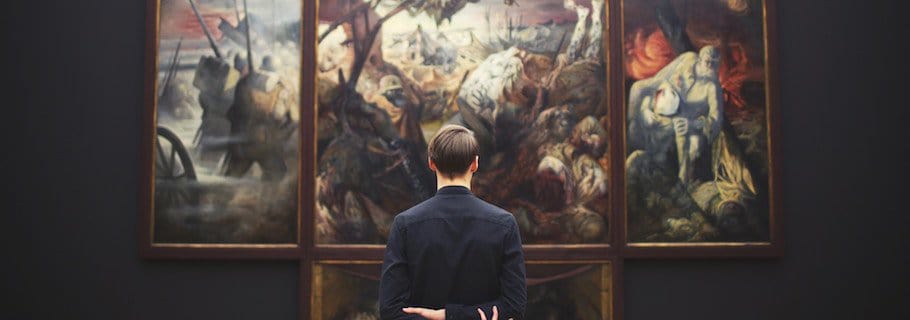This year I visited museums—many, many museums. I spent time in world-class exhibits in Canada, Germany, Israel, Italy, and Switzerland. I encountered significant historical artifacts and gazed at world-renowned works of art. I stood face to face with Augustus of Prima Porta, gazed at the ceiling of the Sistine Chapel, and looked with admiration at the works of many masters. I saw tapestries and pottery, crowns and coins, paintings and carvings. I saw art that must cumulatively be worth countless billions of dollars.
All of these masterpieces have one element in common: They are made of mundane materials. They are made of materials pulled from the ground (stone, marble, clay), grown from the earth (canvas, cloth), or mined from its depths (gold, silver). The materials are, in a sense, immaterial; it is what the artist has done with them that causes us to gasp, to pause, to ponder, to admire. We don’t admire the canvas the artist used, or even the quality of his paint, but the artistry and ingenuity he expressed in putting the chisel to the stone or the paint on the canvas. The skill of the artist is seen in his ability to make much of little.
As I think back to all I’ve seen in 2017, I marvel at what human artists can do with stone, canvas, and bronze. But it makes me consider: If a human artist can do so much and gain such acclaim through his use of the most mundane materials, think what the Divine Artist can do with a human canvas. Think how much acclaim he can gain from the likes of you and me—creatures who are created in his very image.
When God created this world, he created it full of beautiful materials. Glittering gold and polished marble catch our eye and draw our attention. But these are merely rocks and minerals. Human beings are infinitely more valuable, infinitely more precious, and infinitely more beautiful, for it is we, and we alone, who are created in the image and likeness of God himself. Though we fell into sin and tarnished that image, we did not eradicate it. We still bear the image of God. And what God delights to do is to save us and transform us into his likeness, into the image of his Son, Jesus Christ. He takes the most precious canvas and creates upon it the most valuable piece of art.
For me, 2017 was a year of many museums. But in just about every land I visited I also went to a church. I worshiped with believers all over the world, and it is here in local churches where I saw the most beautiful and most precious works of art. It is here I saw the only works of art that will endure to all eternity and, as times goes by, only ever grow in their beauty.










